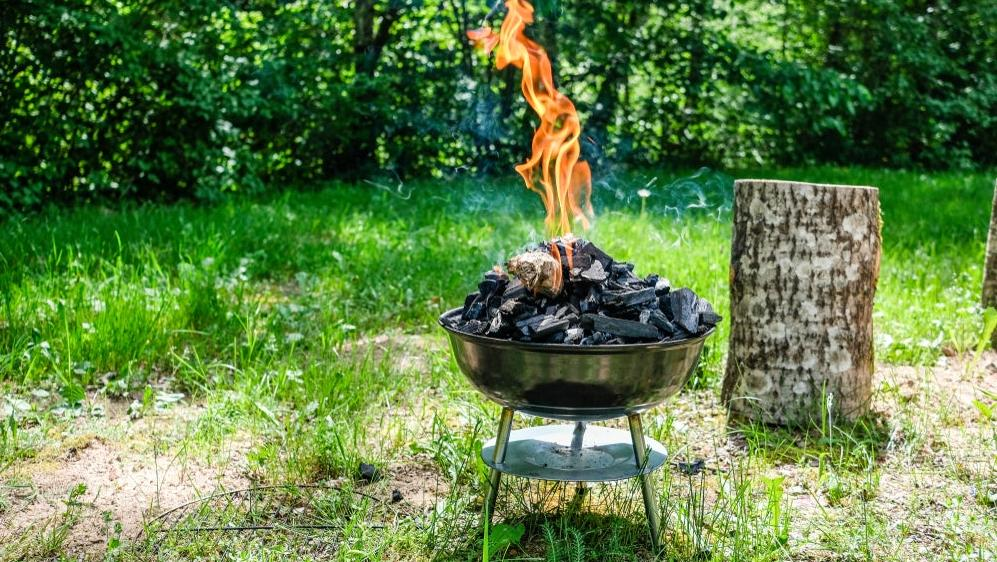How To Bring Your Charcoal Grill Out Of Hibernation
Weenie season approaches. Make sure you're not eating year-old detritus.
Despite the drizzly despair outside of The Takeout's Chicago office, spring has fully sprung in some parts of the country. If you live in one of those blessed regions, there's a good chance you're busting the charcoal out of storage and preparing for the first weenie roast of the season. But what if your grill needs some TLC after a long, hard winter?
How to clean your grill after winter
Even if you stored your grill in a clean, dry area alongside your charcoal, odds are the grill has gathered some dust. Dirt and grime can accumulate during a long winter, leaving your grill with a fine layer of filth inside and out. Don't ignore it—a dirty grill will mess with the flavor of your barbecue, and it'll also reduce the grill's lifespan and performance. Fortunately, charcoal grills are easy to clean:
1. Check the lid: You might not think to peek under your charcoal grill's lid for grime. However, you want to make sure you scrub away any carbon deposits that may have built up over time. To the naked eye, those might look like large flakes falling off of the lid of your grill. Scrub them off with a grill brush, toothbrush, or washcloth, then wipe the surface clean with a damp rag.
2. Soak and scrub the grate: Don't neglect your grilling grate. Pull it off and either run it through the dishwasher or leave it to soak in a bucket of soapy water before giving it a good scrub.
3. Clean the kettle: You'll want to clean your grill's kettle continuously during grill season, of course—but it's never a good idea to give it a thorough scrub before your Memorial Day grilling session. A grill kettle makes a tidy home for mice or spiders during the off-season.
4. Clean the exterior: Don't forget to give the outside of your charcoal grill a little attention with soap and water.
5. Burn, baby, burn: Finally, load 'er up with charcoal and let your grill burn hot for at least 10 minutes before you cook anything on it. This last step will burn away any soapy flavor or lingering grime, leaving you with a clean slate for cooking.
